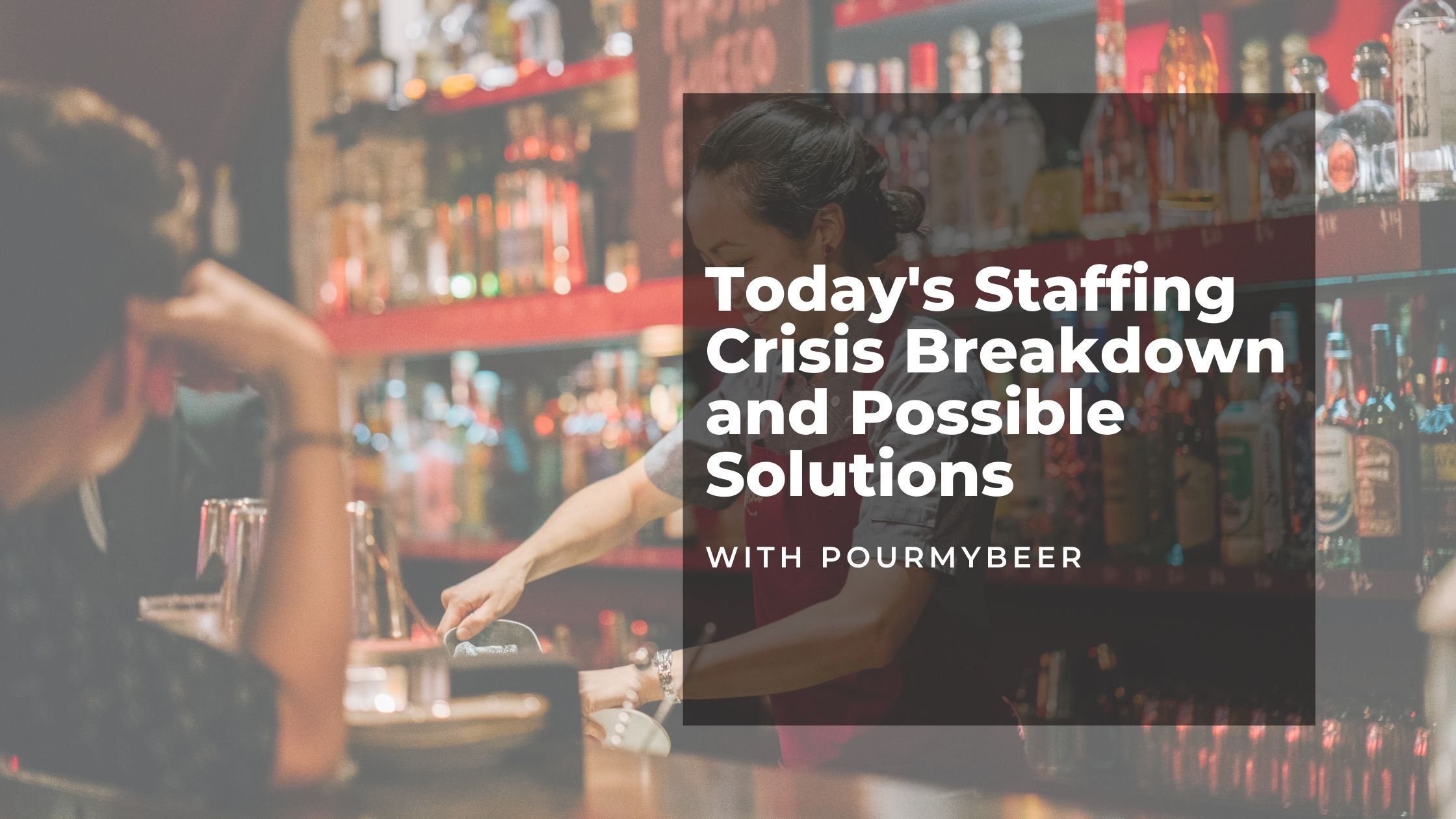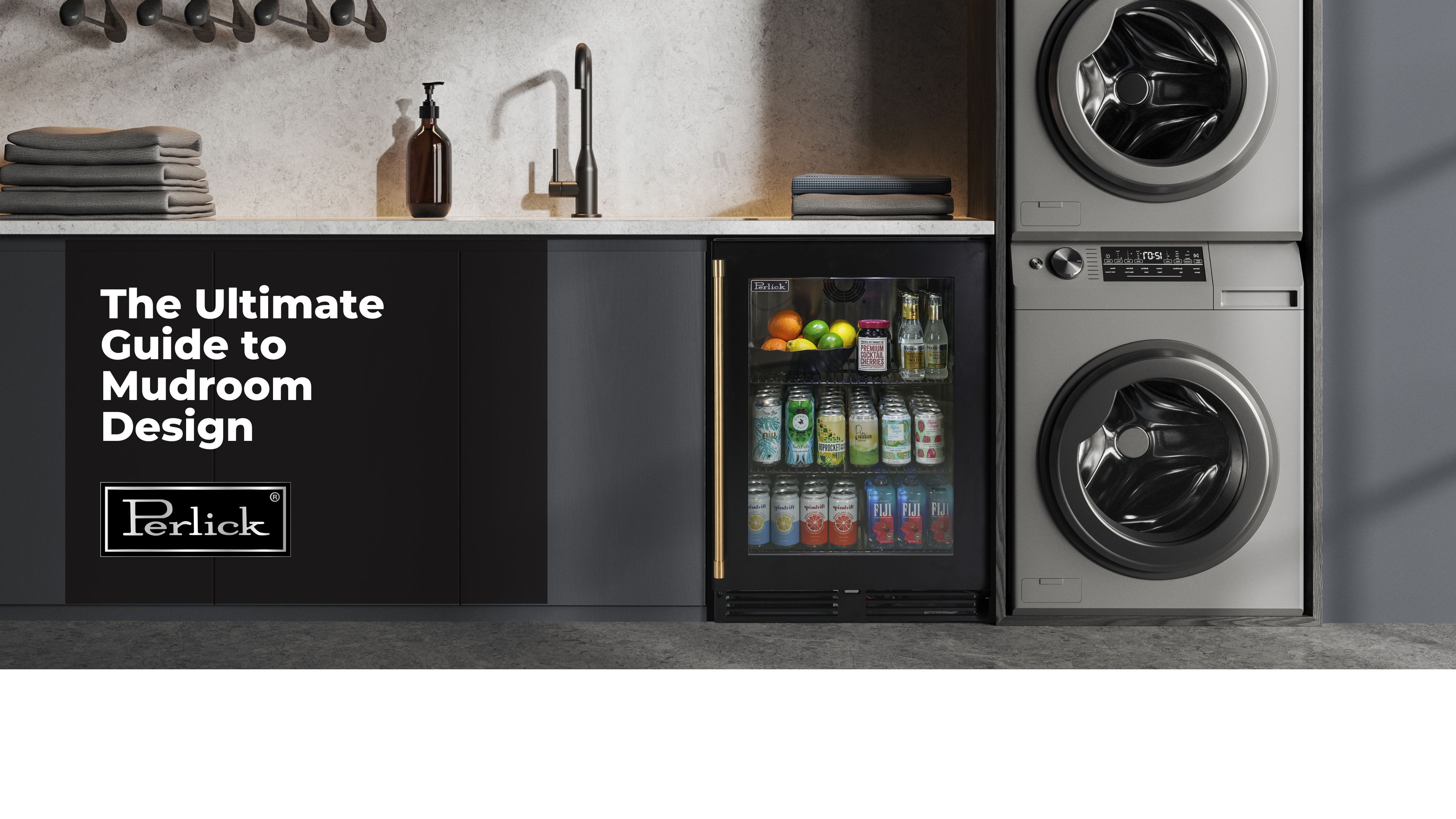By Delaney Corson, PourMyBeer
What accounted for the staffing crisis?
892,000 workers have chosen to leave the industry amidst the pandemic. At first, it was thought to be due to industry instability, but studies have shown that it goes well beyond that. The Washington Post stated: “The industry has 1.7 million fewer jobs filled than before the pandemic, despite posting almost a million job openings in March, along with hotels, and raising pay 3.6 percent, an average of 58 cents an hour, in the first three months of 2021.” This fact shows that workers are choosing to change industries despite plenty of job openings. Let’s break down the leading causes of workers leaving the industry.
Pandemic
For obvious reasons, employees were on the search for more stable occupations. With the instability of the foodservice and beverage industry at the height of the pandemic, workers had to move to seemingly more reliable professions. The hospitality staff was also fearful of working in such close contact with customers. While this is one cause of the labor shortage, it’s not the sole factor.
Low Wages
Since many hospitality employees were unable to work throughout the lockdown, the industry’s notoriously low wages aren’t enough. While unemployed during the pandemic, 60% of hospitality industry workers could not get unemployment benefits because their base wages were too low. Those who did continue to work saw tips 50%-70% lower than in pre-pandemic times.
In most states, minimum wages exclude one group of people known as “miscellaneous workers.” These include hairdressers, nail salon workers, car wash employees, restaurant workers, dog groomers, tour guides, etc. These workers can legally get paid less than the minimum wage. While some states are moving away from this concept, many have not. Restaurant workers can legally walk away at the end of a long shift with far less than the minimum wage, especially now that tips are far below average.
Unsafe Working Conditions
On top of the expected pandemic reasoning and low wages, hospitality industry harassment is also something that many workers experience. Between in-house harassment and customer harassment, the mental state of workers is at an all-time low, causing them to switch paths into an industry with better working conditions. As a patron, remember that these industry workers are humans. Especially now with the shortage, wait times may be longer. Be nice, and tip well.
How to Overcome the Staffing Crisis
With no end in sight to this staffing crisis, restaurant owners and operators need to alter operations and find ways to operate with less staff. There are plenty of ways to do so, so let’s take a look at some alternative techniques and technologies that can be implemented.
Technology
Robots
Some restaurants are utilizing AI. Companies like Richtech have created robots that can open doors and deliver food to tables. While this may seem like a crazy concept to some, robots are seen as reliable as they don’t take sick days and can be utilized whenever needed.
Draft Cocktails
Cocktails on tap provide many benefits, including improved efficiency. Craft cocktails have multiple steps and can take several minutes to properly prepare, tying up bartenders for long stretches of time. Perlick’s Tobin Ellis Signature Series Draft Cocktail System is an efficient way to serve draft cocktails and allow bartenders to get drinks out faster. The result? Increased sales while utilizing fewer bartenders. Serving craft cocktails on tap can have several positive benefits for hotel, restaurant, and bar operations. This cocktail station is a great way to increase revenue, increase bartender efficiency by pre-batching high volume cocktails, maintain a consistent spirits ratio to reduce the pour costs and extend cocktail “shelf” life. With liquors, liqueurs, syrups, juices, and mixers all having different levels of viscosity, these ingredients can easily separate in a batched keg. Perlick’s specially designed cocktail kegs contain a circulating pump that draws beverages from the bottom of the keg to maintain product quality and consistency by keeping drinks thoroughly mixed throughout their life in the keg.
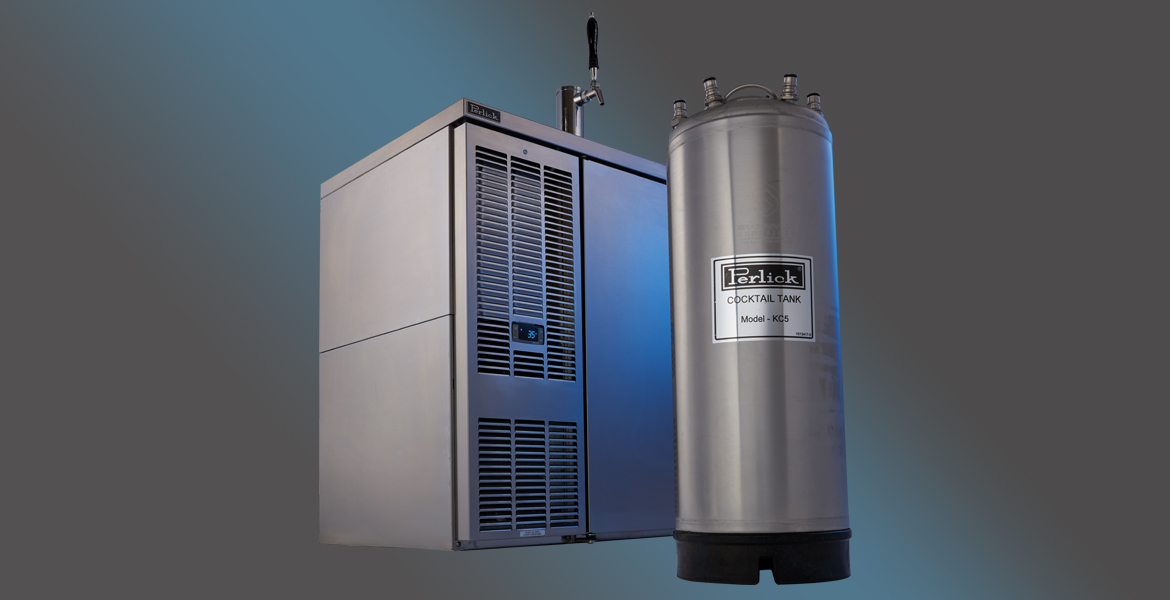
Another method to counteract the labor shortage is to allow customers to serve themselves. With PourMyBeer’s self-serve beverage technology, guests can pour themselves. As the PourMyBeer team likes to say, “If it is a liquid, we can pour it!” That said, cocktails on self-pour taps are a rising trend, and patrons can’t get enough of it. Cocktails made in bulk can be made by one person, lessening the need to have staff members craft individual cocktail orders.
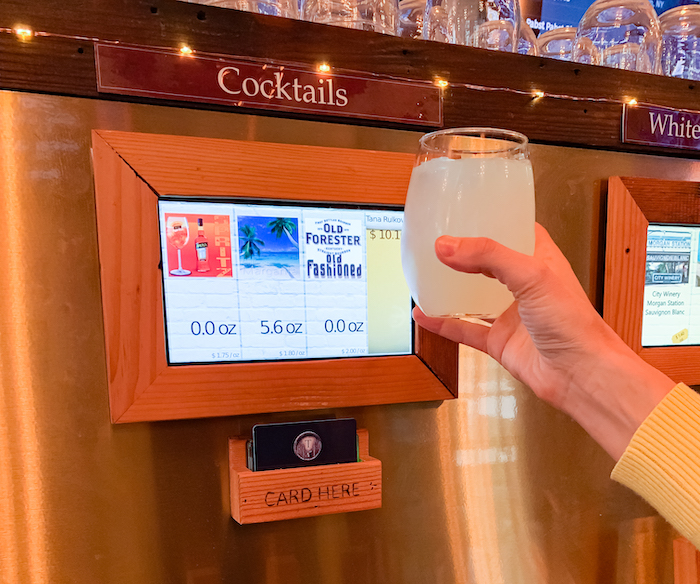
Innovative Bar Equipment
Adding innovative technology behind the bar can help to improve efficiency with less staff needed. For example, under-the-counter dishwashers are a great way to reduce the need for excess dishwashers in the back of the house and improve efficiency because bartenders do not have to run back and forth to restock. Perlick’s Tobin Ellis Signature Series Front-Facing Refrigerator Drawers lessens the need for labor by putting bar prep at each station. This technology keeps bar fruit and juices fresh longer at their proper holding temperature, lowers food cost, and increases bartender throughput by eliminating wasted motion behind the bar.
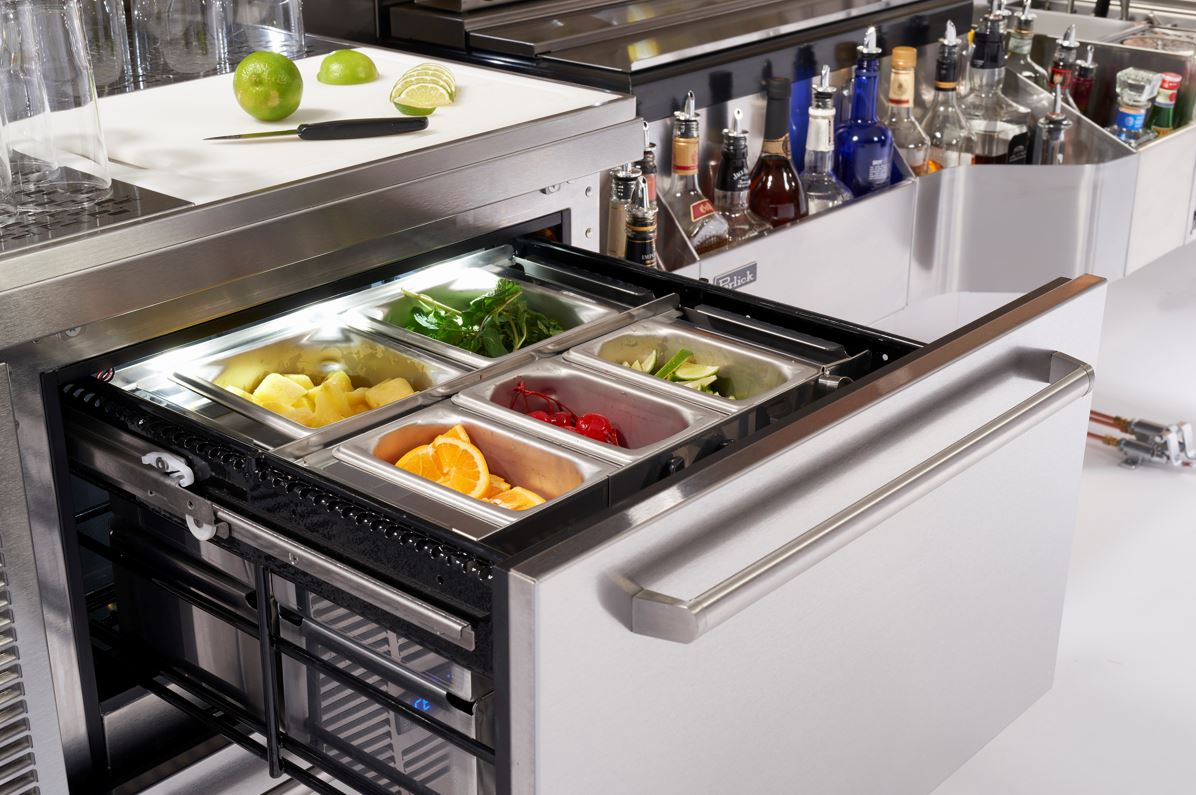
Perlick's Tobin Ellis Signature Series Cocktail Station features a zero-step bartending system, designed by career, high-volume bartender Tobin Ellis. The unit is thoughtfully and ergonomically designed to increase both speed and comfort for bartenders. Utilizing these products can drastically improve efficiency during the labor shortage.
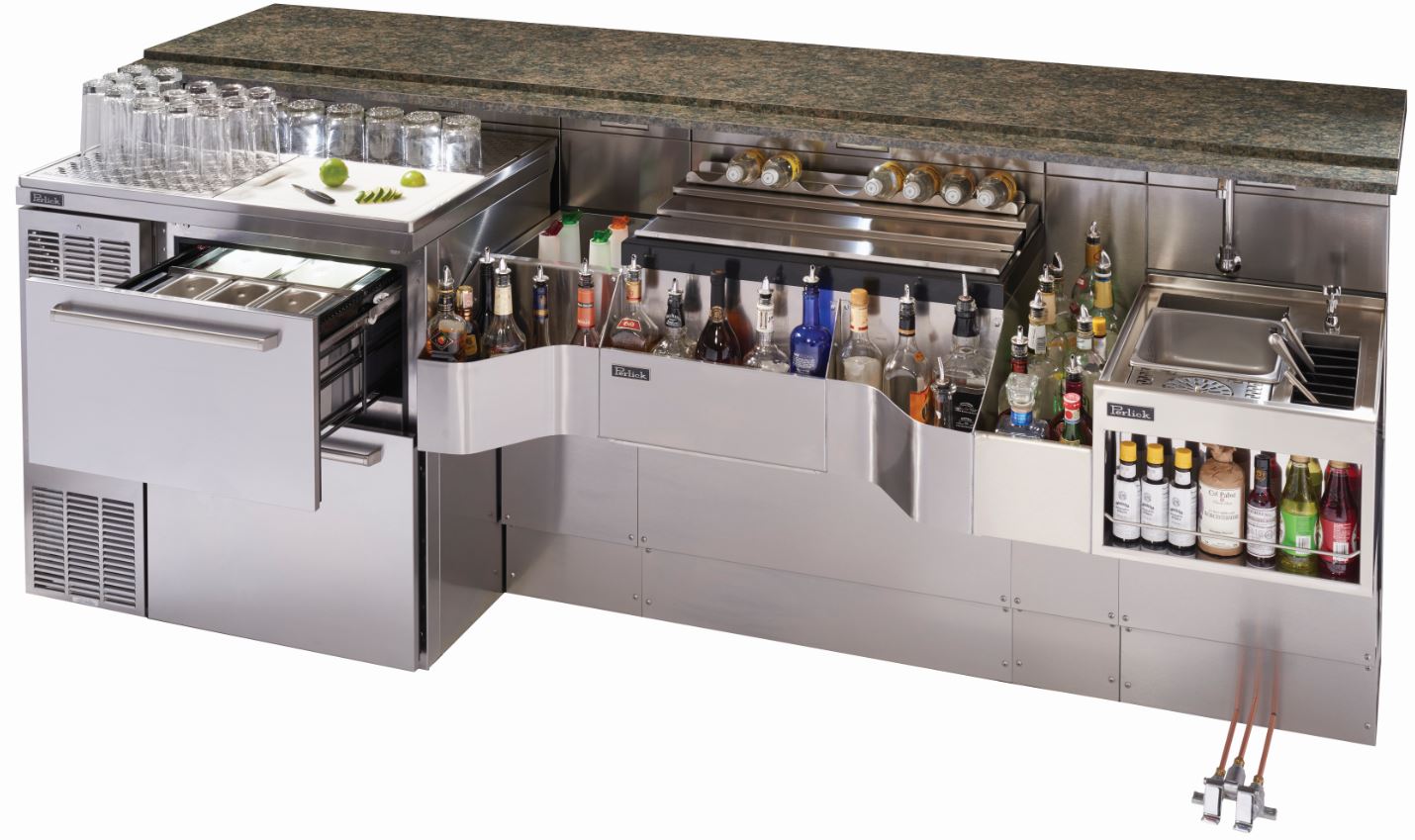
Self-Serve Technology
Self-serve stations are on the rise when compared to pre-pandemic times, as many people now prefer to do things themselves instead of waiting in line. With less staff, efficiency decreases, and guests are left with longer wait times, whether waiting at a bar for a drink or waiting at a table for a server to take their order. Studies show people would prefer to take matters into their own hands.
Self-ordering food kiosks are a great way to eliminate the need for staff because guests can order and pay themselves. Self-ordering kiosks also generate 30% higher ticket sales because guests are comfortable ordering more items without a waiter standing over them.
PourMyBeer’s self-pour beverage technology is a fantastic way to reduce the need for extra staff. With guests pouring beverages themselves, the need for staff lessens, resulting in lower labor costs and overall higher profits. Utilizing self-pour technology can reduce staff by 20% or more. There are many more benefits to self-pour stations, including less waste and higher customer satisfaction.
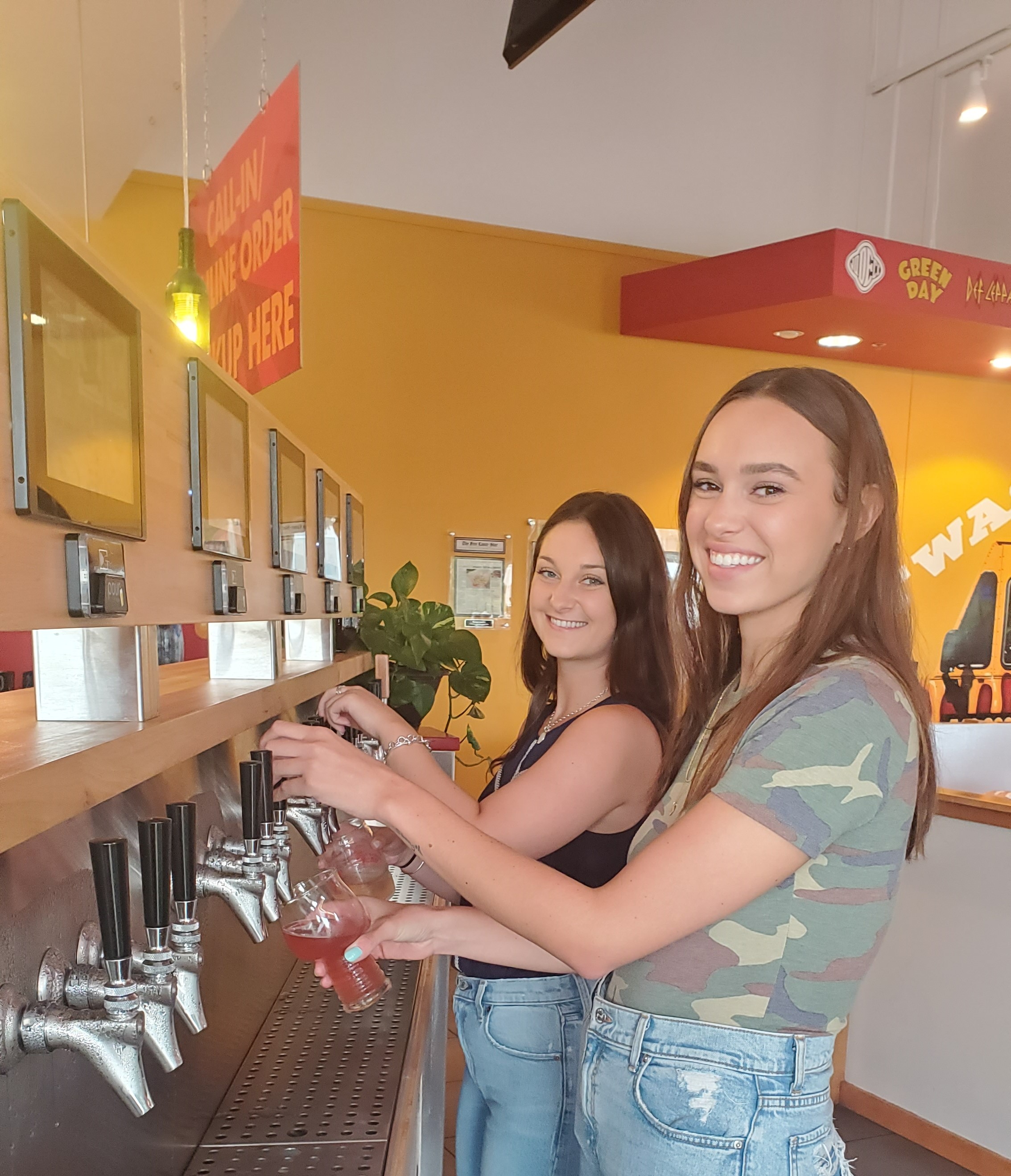
Techniques
Eliminating tedious and repetitive tasks that come with working in the restaurant industry can also ease the strain of the labor shortage.
Contactless Ordering and Payment
Bbot contactless ordering and payment are helping restaurant and bar owners worldwide. With their QR code software, guests no longer have to wait for a server to take their order. If a guest is hungry when they first walk through the door, they can order right away. If they choose to socialize or relax prior to putting in their order, that’s an option as well. The timing lies entirely in their hands. With contactless payment utilizing the “pay from the table” option, guests can leave immediately after finishing their meals. The result? Wait times become significantly less for guests, and staff can focus on other aspects of operations.
Paperless Menus
Paperless menus also reduce customer wait times and eliminate the need for excess staff. Untappd for Business allows operators to create digital menus. Guests scan a QR code and have the menu at their fingertips. Guests will never be sitting waiting for their server to bring over a menu.
Update Your Business Model
While changing the layout in your establishment may not be quick or easy, in the long run, profits can skyrocket, and the need for extra staff will lessen. Taking a kitchen out of the equation will decrease the manpower needed to run an establishment and reduce the high costs of preparing food. Deciding between having a kitchen or not can be difficult, but some alternatives allow operators to sell food at cheaper costs with less staff.
Food halls are an up-and-coming concept that is doing amazing, despite the pandemic. Food halls eliminate the need for kitchen staff, and because guests order and pick up their food themselves, the need for floor servers is eliminated.
An alternative if you do not have space for a food hall is to have on-site food trucks. Food trucks are a popular option due to their unique offerings. In addition, they offer an opportunity to serve multiple cuisines, depending on which truck is on-site on any particular day. Even with an influx of customers, you will still be able to serve them all efficiently with less staff because they are going up to the trucks and ordering/grabbing the food themselves.
You can also work with local vendors to have a delivery option to your venue. Many taprooms partner with their friends in the industry and have a list of nearby take-out spots that can deliver to their venue.
Increased Employee Perks
With low wages standard across the industry, it’s important employers provide employees with incentives such as referral bonuses, paid time off, user-friendly digital tools, and a supportive culture to improve working conditions and create a happier and healthier work environment. Volunteer at local events and show that you are an establishment that cares about its community and loves giving back. People love working for a company that goes beyond just the “office” and offers a sense of helping the community.
Although the staffing crisis poses many challenges to both employees and operators, there are many solutions that can help establishments operate with the same efficiency they did pre-pandemic. For more information on how Perlick and PourMyBeer can elevator your offerings, visit PourMyBeer.com or email sales@perlick.com.
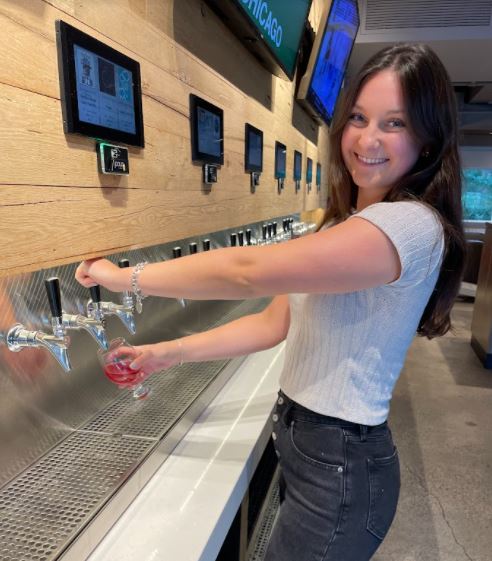
Delaney Corson is the Partnership Marketing Manager at PourMyBeer. She’s been part of the self-pour revolution for about a year now, but she’s been involved in the beverage industry for many jobs prior. PourMyBeer has 400+ locations and 8,000+ taps in service worldwide, and Delaney loves helping to grow the self-pour revolution.


